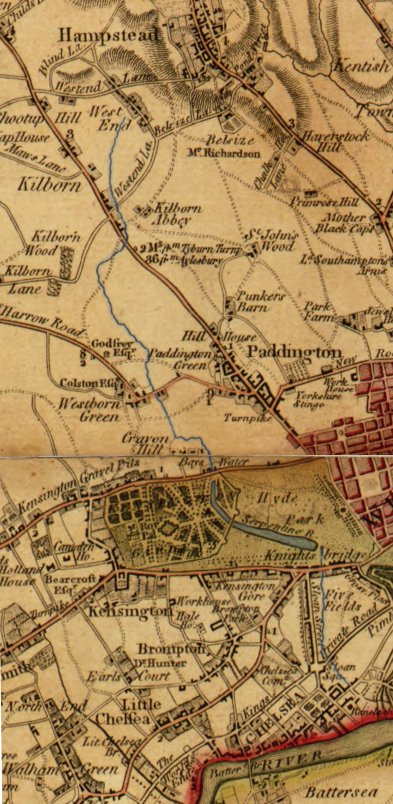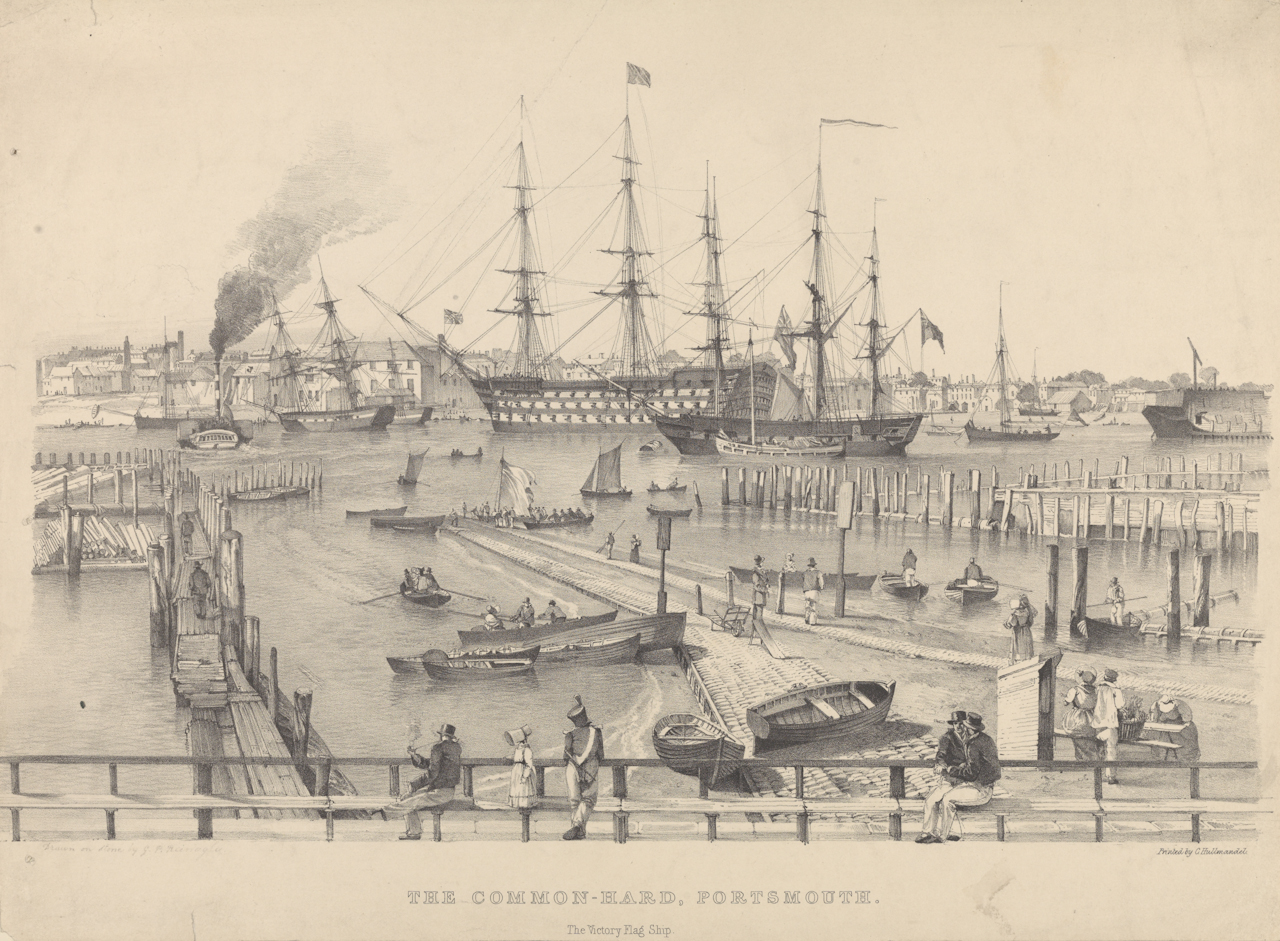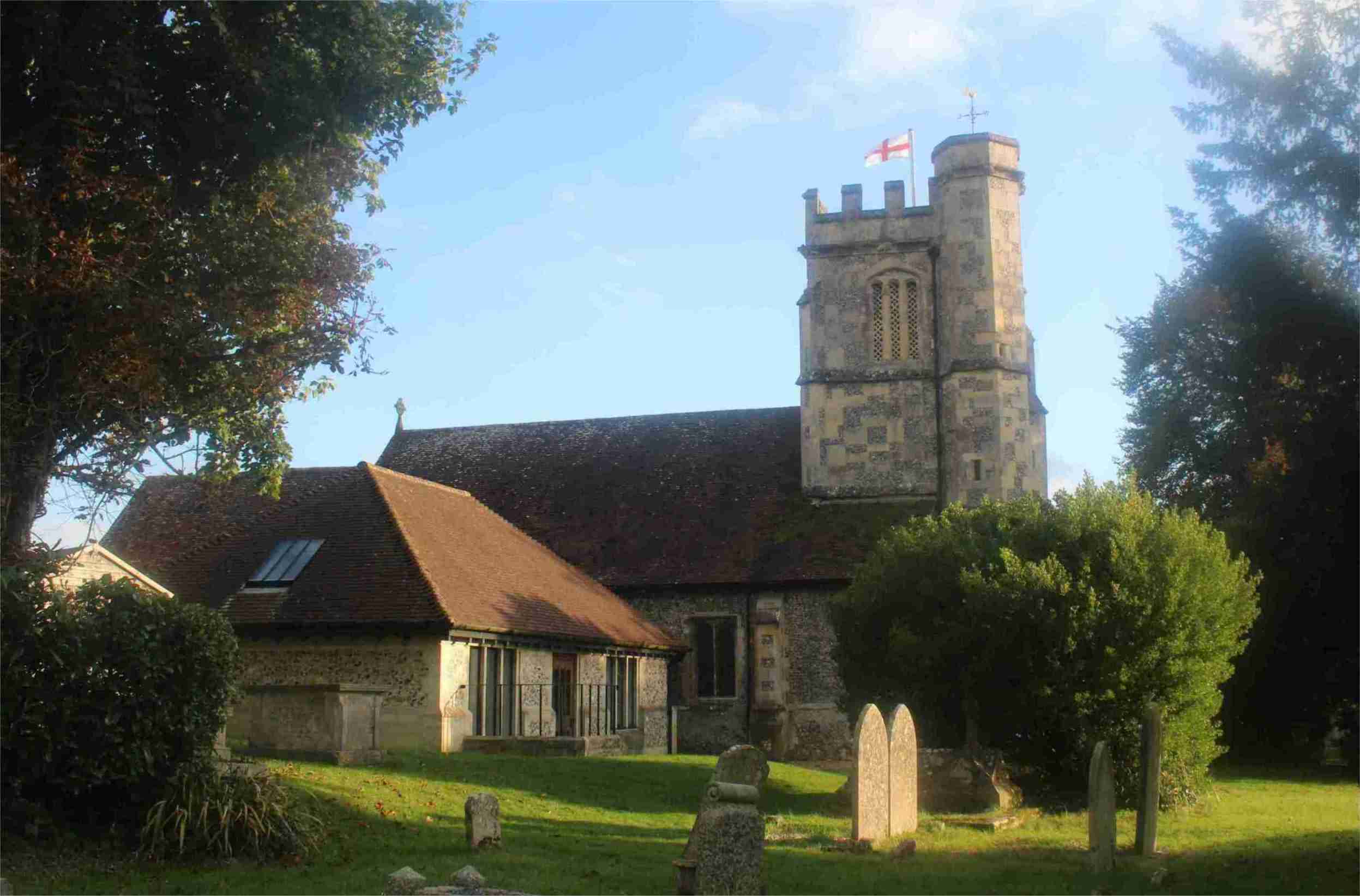|
Samuel Sparshott
Commander (Royal Navy), Commander Samuel Sparshott (1783 – 10 November 1851) was a Royal Navy officer who served in the Napoleonic Wars. As signal-mate on HMS Caledonia (1808), HMS ''Caledonia'', he was called to testify at the court-martial of James, Lord Gambier. As commander (Royal Navy), commander, his last ship was HMS Nimrod (1812), HMS ''Nimrod'', which was driven by a gale onto rocks in Port of Holyhead, Holyhead Bay. Although he and his crew refloated the ship and brought her to dry dock for repair, she was too damaged for naval use, and was sold. His final office was Deputy Inspector-General of the His Majesty's Coastguard, Coast Guard, a position that he held for over twenty years. After he died, it was suggested that he might be called, "Father of the Coast Guard". Sparshott was descended from Hampshire farmers, and was the seventh of eleven siblings. His brother was Admiral (Royal Navy), Admiral Edward Sparshott, Royal Navy, R.N., Royal Guelphic Order, K.H., Ord ... [...More Info...] [...Related Items...] OR: [Wikipedia] [Google] [Baidu] |
Portsea Island
Portsea Island is a flat and low-lying natural island in area, just off the southern coast of Hampshire in England. The island contains the majority of the city of Portsmouth. Portsea Island has the third-largest population of all the islands in the British Isles after the mainlands of Great Britain and Ireland; it also has the highest population density of any British Isle, and Portsmouth has the highest population density of any city in the UK outside of London. To the east of Portsea Island lies Hayling Island, separated by Langstone Harbour. To the west is the peninsular mainland town of Gosport, separated by Portsmouth Harbour. To the south, it faces into the Spithead area of the wider Solent. A narrow tidal channel along the northern edge of Portsea Island, known as Portsea Creek, separates Portsea Island from the mainland. Three roads connect Portsea Island to the mainland road network: the M275 motorway, the A3 London Road (split on two separate bridges), a ... [...More Info...] [...Related Items...] OR: [Wikipedia] [Google] [Baidu] |
Admiral (Royal Navy)
Admiral is a senior rank of the Royal Navy, which equates to the NATO rank code Ranks and insignia of NATO, OF-9, outranked only by the rank of Admiral of the Fleet (Royal Navy), admiral of the fleet. Royal Navy officers holding the ranks of Rear Admiral (Royal Navy), rear admiral, Vice Admiral (Royal Navy), vice admiral and admiral of the fleet are sometimes considered generically to be admirals. The rank of admiral is currently the highest rank to which a serving officer in the Royal Navy can be promoted, admiral of the fleet being in abeyance except for honorary promotions of retired officers and members of the royal family. The equivalent rank in the British Army and Royal Marines is General (United Kingdom), general; and in the Royal Air Force, it is air chief marshal. History The first admirals The title admiral was not used in Europe until the mid-13th century and did not reach England before the end of that century. Similarly, although some royal vessels are attested un ... [...More Info...] [...Related Items...] OR: [Wikipedia] [Google] [Baidu] |
St Marylebone Parish Church
St Marylebone Parish Church is an Anglican church on the Marylebone Road in London. It was built to the designs of Thomas Hardwick in 1813–17. The present site is the third used by the parish for its church. The first was further south, near Oxford Street. The church there was demolished in 1400 and a new one erected further north. This was completely rebuilt in 1740–42, and converted into a chapel-of-ease when Hardwick's church was constructed. The Marylebone area takes its name from the church. Located behind the church is St Marylebone School, a Church of England school for girls. Previous churches First church The first church for the parish was built in the vicinity of the present Marble Arch , and dedicated to St John the Evangelist. Second church In 1400 the Bishop of London gave the parishioners permission to demolish the church of St John and build a new one in a more convenient position, near a recently completed chapel, which could be used until the new church ... [...More Info...] [...Related Items...] OR: [Wikipedia] [Google] [Baidu] |
Royal Borough Of Kensington And Chelsea
The Royal Borough of Kensington and Chelsea (often known by its initialism as RBKC) is an Inner London, Inner London borough with Royal borough, royal status. It is the List of English districts by area, smallest borough in London and the second smallest Districts of England, district in England; it is one of the most densely populated administrative regions in the United Kingdom. It includes affluent areas such as Notting Hill, Kensington, South Kensington, Chelsea, London, Chelsea, and Knightsbridge. The borough is immediately west of the City of Westminster and east of the London Borough of Hammersmith and Fulham. It contains major museums and universities in Albertopolis, department stores such as Harrods, Peter Jones (department store), Peter Jones and Harvey Nichols, and embassies in Belgravia, Knightsbridge and Kensington Gardens. The borough is home to the Notting Hill Carnival, Europe's largest, and contains many of the most expensive residential properties in the world ... [...More Info...] [...Related Items...] OR: [Wikipedia] [Google] [Baidu] |
Brompton, London
Brompton, sometimes called Old Brompton, survives in name as a Wards and electoral divisions of the United Kingdom, ward in the Royal Borough of Kensington and Chelsea in London. Until the latter half of the 19th century it was a scattered village made up mostly of market gardens in the county of Middlesex. It lay southeast of the village of Kensington, abutting the parish of St Margaret's, Westminster at the hamlet of Knightsbridge to the northeast, with Little Chelsea to the south. It was bisected by the Fulham Turnpike trust, Turnpike, the main road westward out of London to the ancient parish of Fulham and on to Putney and Surrey. It saw its first parish church, Holy Trinity Brompton, only in 1829. Today the village has been comprehensively eclipsed by segmentation due principally to railway development culminating in London Underground lines, and its imposition of station names, including Knightsbridge, South Kensington and Gloucester Road, London, Gloucester Road as the nam ... [...More Info...] [...Related Items...] OR: [Wikipedia] [Google] [Baidu] |
St Mary's Church, Portsea
St Mary's Church is the main Church of England parish church for the areas of Portsea and Fratton, both located in the city of Portsmouth, Hampshire. Standing on the oldest church site on Portsea Island, the present building, amongst the largest parish churches in the country, has been described as the "finest Victorian building in Hampshire". It is at least the third church on the site and has been designated a Grade II* listed building by Historic England. Former regular worshippers here have included Charles Dickens, Isambard Kingdom Brunel, and Cosmo Lang. History First church Though Portsmouth was generally seen to be founded in 1181 by Jean of Gisors, in 1164, the Norman lord of the manor, Baldwin de Portsea, informed Henry de Blois, the Bishop of Winchester, that he was giving the church of St. Mary, together with some land, cattle, sheep and hogs to the prior and canons of Southwick Priory. This means there was already a church on the site at the time, and Domesda ... [...More Info...] [...Related Items...] OR: [Wikipedia] [Google] [Baidu] |
Portsea, Portsmouth
Portsea Island is a flat and low-lying natural island in area, just off the southern coast of Hampshire in England. The island contains the majority of the city of Portsmouth. Portsea Island has the third-largest population of all the islands in the British Isles after the mainlands of Great Britain and Ireland; it also has the highest population density of any British Isle, and Portsmouth has the highest population density of any city in the UK outside of London. To the east of Portsea Island lies Hayling Island, separated by Langstone Harbour. To the west is the peninsular mainland town of Gosport, separated by Portsmouth Harbour. To the south, it faces into the Spithead area of the wider Solent. A narrow tidal channel along the northern edge of Portsea Island, known as Portsea Creek, separates Portsea Island from the mainland. Three roads connect Portsea Island to the mainland road network: the M275 motorway, the A3 London Road (split on two separate bridges), and ... [...More Info...] [...Related Items...] OR: [Wikipedia] [Google] [Baidu] |
Alton, Hampshire
Alton ( ) is a market town and civil parish in East Hampshire, England, near the source of the northern branch of the River Wey. It had a population of 19,425 at the 2021 census. Alton was recorded in the Domesday Survey of 1086 as ''Aoltone''. During the Saxon period Alton was known as ''Aweltun''. The Battle of Alton occurred in the town during the English Civil War. It also has connections with Sweet Fanny Adams and Jane Austen. History Early history The Alton Hoard of Iron Age coins and jewellery found in the vicinity of the town in 1996 is now in the British Museum. There is evidence of a Roman posting station at Neatham near Alton, probably called Vindomis, and a ford (crossing), ford across the River Wey on the line of a Roman road that ran from Chichester to Silchester. An Anglo-Saxon settlement was established in the area and a 7th-century cemetery was discovered during building excavations. It contained grave goods including the ''Alton Buckle'' which is on displa ... [...More Info...] [...Related Items...] OR: [Wikipedia] [Google] [Baidu] |
Birth Name
The birth name is the name of the person given upon their birth. The term may be applied to the surname, the given name or to the entire name. Where births are required to be officially registered, the entire name entered onto a births register or birth certificate may by that fact alone become the person's legal name. The assumption in the Western world is often that the name from birth (or perhaps from baptism or ''brit milah'') will persist to adulthood in the normal course of affairs—either throughout life or until marriage. Some possible changes concern middle names, diminutive forms, changes relating to parental status (due to one's parents' divorce or adoption by different parents), and changes related to gender transition. Matters are very different in some cultures in which a birth name is for childhood only, rather than for life. Maiden and married names The terms née (feminine) and né (masculine; both pronounced ; ), Glossary of French expressions in Englis ... [...More Info...] [...Related Items...] OR: [Wikipedia] [Google] [Baidu] |
Hamble-le-Rice
Hamble-le-Rice, commonly known as Hamble, is a village and Civil parishes in England, civil parish in the Eastleigh (borough), Borough of Eastleigh in Hampshire, England. It is best known for being a flying training centre during the Second World War and is a popular yachting location. The village and the River Hamble also featured in the 1980s BBC television series ''Howards' Way''. The village centre, known as The Square, Hamble, has a more traditional English village aesthetic which differentiates it from the small industrial areas (mostly marinas) close to the village. Location Hamble-le-Rice is on the south coast of England, south-east of Southampton at the tip of the Hamble peninsula, bounded by Netley, Butlocks Heath, Bursledon, Southampton Water and the River Hamble. History Although previously known as "Hamble", "Hamelea", "Hammel", and "Ham-en-le-Rice", the village's official name is now Hamble-le-Rice. The name "Hamble" is still in common usage. On 27 April 1992, th ... [...More Info...] [...Related Items...] OR: [Wikipedia] [Google] [Baidu] |
Titchfield
Titchfield is a village and former civil parish in the Borough of Fareham, Fareham district, in southern Hampshire, England, by the River Meon. The village has a history stretching back to the 6th century. During the medieval period, the village operated a small port and market. Near to the village are the ruins of Titchfield Abbey, a place with strong associations with Shakespeare, through his patron, the Henry Wriothesley, 3rd Earl of Southampton, Earl of Southampton. Geography To the east of Titchfield lies the town of Fareham, to the south are Stubbington, Hill Head and the Solent, to the west is Locks Heath, Warsash, the River Hamble and Southampton and to the north is Whiteley, Park Gate and Swanwick, Hampshire, Swanwick. Titchfield forms part of the Borough of Fareham, having been added to the Fareham urban district in 1932. [...More Info...] [...Related Items...] OR: [Wikipedia] [Google] [Baidu] |
Soberton
Soberton is a village in the River Meon, Meon Valley, Hampshire, England, east of the A32 and a few miles south of the village of Droxford. It appears in the Domesday Book as "Sudbertone" or "Sudbertune". For administration, it is in the Hampshire County Council area, headquartered in Winchester. Key features of Soberton include the War Memorial at its centre, the early 16th-century Church of St Peter and St Paul, and ''The White Lion'', a 17th-century public house. The church is part of one of the largest parishes in the United Kingdom. The village was part of a smuggling route during the 18th century, and a vault beneath the church was used for the storage of contraband. North of the church is a large Georgian manor house, Soberton Towers. This was taken over by the Navy during the 1939-45 war and was used for accommodation for members of the Women's Royal Naval Service (WRENS) until 1971. Soberton is named in the 18th century peerage of Admiral Sir George Anson (1697-1 ... [...More Info...] [...Related Items...] OR: [Wikipedia] [Google] [Baidu] |






